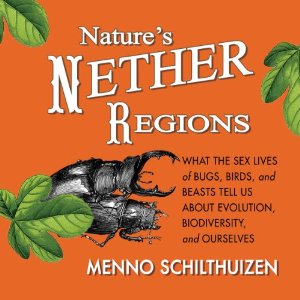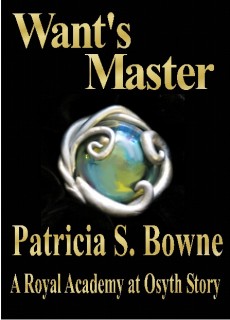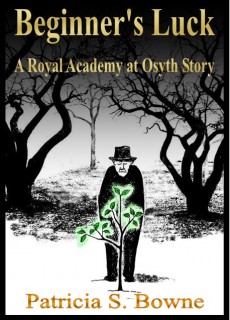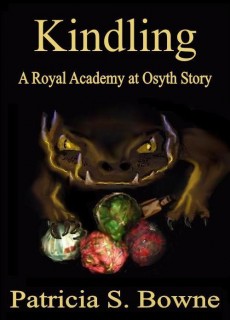 This book is about the evolution of genitalia. In practice, that means it’s largely about penises – as Dr. Schilthuizen readily admits, the field has had a gender disparity problem. That hasn’t prevented scientists from identifying female choice as a major selective force, however, with many fascinating behavioral and anatomical specifics.
This book is about the evolution of genitalia. In practice, that means it’s largely about penises – as Dr. Schilthuizen readily admits, the field has had a gender disparity problem. That hasn’t prevented scientists from identifying female choice as a major selective force, however, with many fascinating behavioral and anatomical specifics.
Here we find discussions of traumatic insemination and the sperm’s ability to swim around the abdominal cavity, seeking out eggs to fertilize – something which appears to occur in humans as well as more adventurous animals. We find apparatuses for sequestering sperm and controlling its access to the eggs, including sperm dumping. The male equivalent includes post-coital plugs, some created by the most drastic of measures, and ways to remove the previous male’s sperm from a mate and replace it with your own. An impressive variety of hydraulics are described, one kind best-known from sushi eaters’ unpleasant encounters with it. Of course reproduction is key, so I should not have been surprised by the tremendous amount of energy and materials animals devote to these structures. But I was.
The author clearly describes the evolutionary theories devised to explain this exuberant variety, outlining the competing arguments and their criticisms. For me, though, this was the least interesting aspect of the book. Not because any of the theories appeared to be particularly weak, but because I’ve done enough evolutionary biology in my time to know that had the data been exactly opposite, the scientists would just as readily have come up with theories to explain it and make it seem inevitable. For me, the far more convincing part of the book is in the few occasions when it delves into animal husbandry or human physiology and shows us verified predictions.
Reading about the sex lives of animals we’re not shy about underscores just how prudish and willfully ignorant we are about our own sex lives. Research findings we’re glad to apply to breeding pigs but ignore when it comes to humans, those hundreds of proteins in seminal fluid whose function we know nothing of even though we have a multimillion dollar industry devoted to treating infertility – what’s that about? You’d almost think humans aren’t really *trying* to maximize other humans’ reproductive potential…
That’s the way this book makes me think. I love a book that makes me think.








